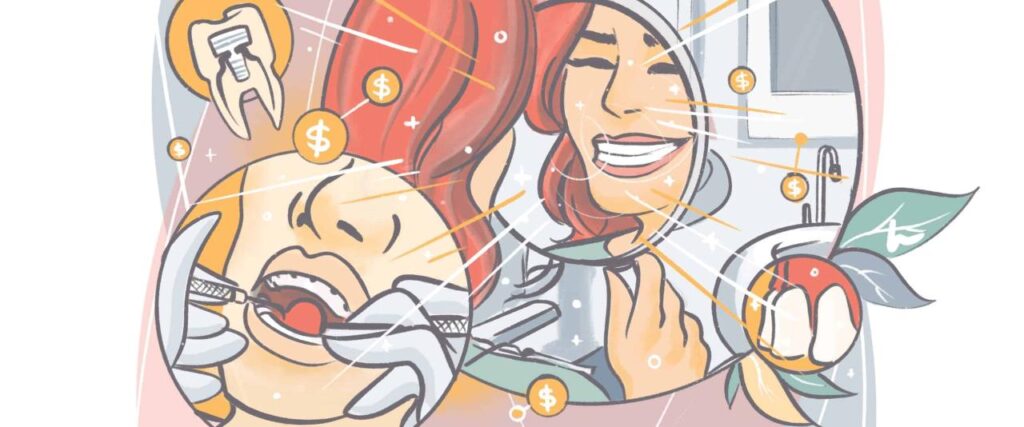Overview of Dental Fillings

Dental fillings are a common dental procedure used to repair damaged teeth. They are used to fill in cavities, cracks, or other defects in the tooth’s surface. Fillings help to restore the tooth’s function, strength, and appearance.
There are several types of dental fillings available, each with its own advantages and disadvantages. The most common types of fillings include:
- Amalgam fillings: Amalgam fillings are made from a mixture of metals, including silver, tin, copper, and mercury. They are strong and durable, but they are also noticeable because of their dark color.
- Composite fillings: Composite fillings are made from a resin material that is matched to the color of the tooth. They are less noticeable than amalgam fillings, but they are not as strong.
- Glass ionomer fillings: Glass ionomer fillings are made from a glass-like material that releases fluoride. They are less noticeable than amalgam fillings, but they are not as strong and they can wear down over time.
- Ceramic fillings: Ceramic fillings are made from a ceramic material that is matched to the color of the tooth. They are strong and durable, but they are also more expensive than other types of fillings.
The type of filling that is best for you will depend on the location and size of the cavity, your budget, and your personal preferences. Your dentist can help you choose the best filling for your needs.
Cost of Dental Fillings Without Insurance
Dental fillings are a common procedure used to restore decayed or damaged teeth. The cost of dental fillings without insurance can vary depending on several factors.
Factors Affecting the Cost
The cost of a filling is primarily influenced by the type of filling material used, the size of the cavity, and the location of the tooth.
- Type of Filling Material: The most common types of filling materials are amalgam (silver), composite resin (tooth-colored), and ceramic. Amalgam fillings are the least expensive, while ceramic fillings are the most expensive.
- Size of the Cavity: The larger the cavity, the more filling material is required, which can increase the cost.
- Location of the Tooth: Fillings on back teeth (molars) tend to be more expensive than fillings on front teeth (incisors and canines) due to the increased difficulty of accessing the area.
Payment Options for Fillings
When seeking dental care without insurance, it’s essential to understand the various payment options available for fillings. Each method has its own advantages and disadvantages to consider.
Below is an overview of common payment options for fillings without insurance:
Cash
- Benefits: Immediate payment, no additional fees, potential for discounts.
- Drawbacks: Requires immediate access to funds, may not be feasible for everyone.
Credit Cards
- Benefits: Convenience, rewards programs, potential for interest-free financing.
- Drawbacks: May incur interest charges if not paid off promptly, potential for high fees.
Payment Plans
- Benefits: Spreads out the cost of treatment over time, making it more manageable.
- Drawbacks: May have interest charges, requires consistent payments, potential for late fees.
Saving Money on Fillings
If you’re uninsured, dental fillings can be a significant expense. Fortunately, there are ways to save money on this necessary dental procedure.
One option is to find a community health center. These centers offer dental care on a sliding scale based on income, so you may be able to get a discounted rate on fillings. Another option is to attend a dental school. Dental students need to practice on real patients, and they often offer fillings at a reduced cost.
Here are some additional tips for saving money on fillings:
- Get regular checkups. This will help your dentist catch cavities early, when they’re smaller and less expensive to fill.
- Brush and floss your teeth regularly. This will help prevent cavities from forming in the first place.
- Use a fluoride toothpaste. Fluoride helps to strengthen teeth and make them more resistant to cavities.
- Eat a healthy diet. Eating plenty of fruits, vegetables, and whole grains can help keep your teeth healthy.
- Avoid sugary foods and drinks. Sugar is a major cause of cavities.





